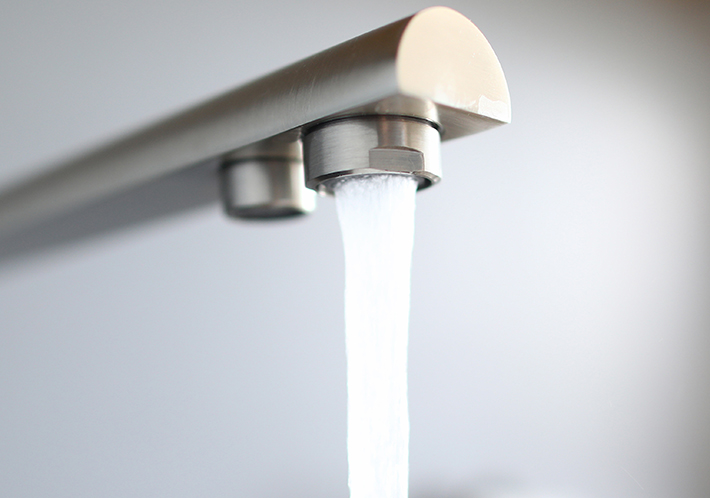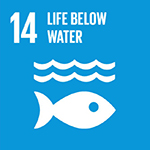
PFAS Concentrations in Water Supplies
ASTM International’s water committee (D19) has approved a new standard that will help address global concerns about the concentration of polyfluoroalkyl substances (PFAS) in water supplies.
According to ASTM International member William Lipps, the new standard required testing of nine complex wastewater matrices, each spiked in triplicate at three concentrations spanning the analytical range of the method.
“Very good precision and recovery obtained on all matrices, along with precision and recovery obtained on spiked reagent water, were used to calculate the quality control limits included in the method,” says Lipps. “These limits establish criteria that individual laboratories must meet before running samples and criteria that will be used to demonstrate performance of labs when running samples.”
Lipps notes the new standard will help to minimize water use in laboratories and help keep water clean by providing new methods for the analysis of trace contaminants in water.
“The smaller volumes required for this test are 25-100 times less volume than a typical EPA method, reducing shipping weight and cooler size, resulting in a smaller carbon footprint,” says Lipps. “The minimal extraction, while using plastics, minimizes their use compared to other PFAS methods; in this method, the sample is extracted in the same vial in which it was sampled.”
Lipps says that all interested parties are invited to join in the interlaboratory study now being planned for the new standard, which will soon be published as D8421.
ASTM welcomes participation in the development of its standards. JOIN ASTM.
U.N. Sustainable Development Goals Supported:



 SN Home
SN Home Archive
Archive Advertisers
Advertisers Masthead
Masthead RateCard
RateCard Subscribe
Subscribe Email Editor
Email Editor